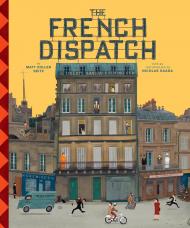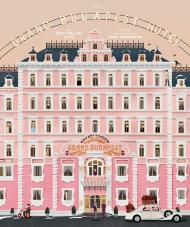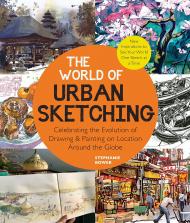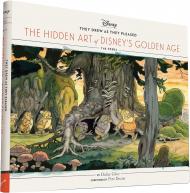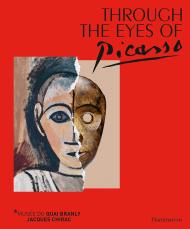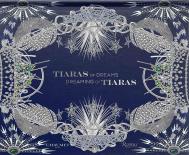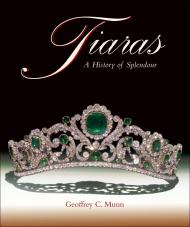Офіційний супутник до The French Dispatch та останній том із серії бестселерів «Колекція Веса Андерсона».
The French Dispatch – десятий художній фільм від сценариста та режисера Веса Андерсона, любовний лист до журналістів, дія якого відбувається в головній американській газеті у вигаданому французькому місті 20-го століття Еннуї-сюр-Блазе. У фільмі знімаються деякі з тих, з ким Андерсон часто співпрацює, зокрема Білл Мюррей у ролі головного редактора газети; Оуен Вілсон, Тільда Свінтон та Френсіс Макдорманд, а також нові актори Джеффрі Райт, Бенісіо дель Торо, Елізабет Мосс та Тімоті Шаламе, які втілюють у життя збірку оповідань, опублікованих у журналі «Французький диспетчер».
У цьому останньому однотомнику серії The Wes Anderson Collection – єдиній книзі, яка запрошує читачів за лаштунки «Французького диспетчера» – детально розкривається все, що потрібно для втілення на екрані фірмового стилю Андерсона, ретельних композицій та вимогливого дизайну постановки. Написана кіно- та телекритиком і автором бестселерів New York Times Меттом Золлером Зейтцем, книга The Wes Anderson Collection: The French Dispatch представляє повну історію створення фільму, анекдоти про його створення, а також закулісні фотографії, виробничі матеріали та ілюстрації.
Про автора:
Метт Золлер Зейтц — головний редактор RogerEbert.com; телевізійний критик журналу New York; автор книг The Wes Anderson Collection, The Wes Anderson Collection: The Grand Budapest Hotel, The Oliver Stone Experience та Mad Men Carousel; а також співавтор книги The Sopranos Sessions. Він мешкає в Нью-Йорку.
_________
Погортати книгу The Wes Anderson Collection: The French Dispatch на Google Books
